Elevate your content with HubSpot Marketing Hub for content marketing. Discover how our strategies and HubSpot's tools drive success.
Creating Content for Every Stage of The Buyer's Journey [+AI Prompt]
When developing content for a website as a content marketer, you aim to craft copy that draws visitors in, informs them, captures their interest, engages them, and ultimately encourages them to become customers and purchase from you.
In the past, advertising often relied on pushy and manipulative language, which is now considered distasteful and unethical. Instead, it's better to concentrate on producing high-quality content that attracts your desired audience to your website and encourages them to return.
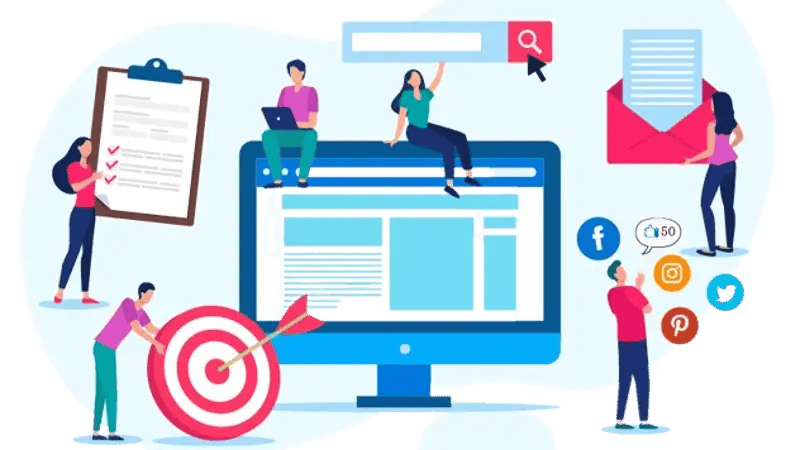

Today, though, creating content begins with a solid inbound marketing strategy. That means anticipating your customer's needs and developing an inbound marketing approach that addresses them one small step at a time. We call this process–the buyer's path to purchase–the "buyer's journey."
In other words, buyers don't just roll out of bed and decide to spend their money on something they may or may not need. With virtually any purchase, there is an entire process that a buyer goes through before parting with their money.
Why Does the Buyer's Journey Matter?
-
70% of B2B buyers use content to help them make purchase decisions. Creating and sharing relevant content can be the key to unlocking success for businesses of all sizes. This approach allows businesses to reach their target audience and guide them through the buyer's journey, ultimately leading to increased sales and growth.
-
60% of buyers say they would stop doing business with a company if they received irrelevant content. It's crucial to create content that targets your specific audience, as sending irrelevant content can result in the alienation of potential customers and the loss of their business. This statistic emphasizes the need for relevant and personalized content to maintain a strong relationship with your audience.
-
80% of buyers say they would be more likely to do business with a company that provides helpful and informative content. Businesses can establish themselves as experts and build trust with potential customers by providing helpful and informative content. This is supported by the fact that 80% of buyers prefer companies that provide such content. By meeting their needs and offering valuable insights, companies can attract more leads and increase their chances of converting them into customers.
-
Content marketing generates 3x more leads than traditional marketing methods. Content marketing has been proven to be a highly efficient strategy for generating leads, as it allows businesses to reach a larger audience and acquire more leads at a lower cost than traditional marketing methods. By crafting valuable and engaging content, businesses can attract potential customers and guide them through the buyer's journey toward purchasing.
-
Content marketing can increase website traffic by 126%. Creating relevant and tailored content for your audience can significantly impact your business, especially when attracting potential customers and increasing website traffic. By providing valuable insights and solutions, you can attract more visitors to your site and build trust and loyalty with your audience. Content marketing is a highly effective strategy for generating leads and establishing strong customer relationships.
Develop a Content Strategy - Persona First
We need to understand (1) the buyer and (2) the journey to address the buyer's journey.
Your content strategy is your plan for creating content that helps guide a prospect toward purchasing. Once you have defined your buyer persona, developing that strategy starts with mapping the buyer's journey, then creating content that fits at each phase of the buyer's journey and, towards the end, supports the content marketing funnel.
To truly connect with your target audience and guide them through their buyer's journey, it's essential to delve into their values, interests, habits, and pain points.
When understanding these factors deeply, you can create compelling content that resonates with your audience, showcases your expertise, and ultimately leads to a successful engagement.
Example: Suppose you want to sell your new, updated cybersecurity software. In that case, your prospective customers will likely have pain points that include unsecured data, frequent security breaches, and lost clients who cite a lack of trust in your data security.
Once you understand your customer's pain points, you can decide what steps to take them through the buyer's journey. By mapping the buyer's journey as you plan your content, you can create pieces your audience wants and needs, establish yourself as a thought leader and an expert in the industry, and develop trust that can carry you to a sale.
You Might Also Like This Post:
What is the Buyer's Journey
There are three stages to the buyer's journey:
-
Awareness: The buyer becomes aware of their problem. They know something is wrong but do not necessarily know what or how to solve it.
-
Consideration: The buyer has identified their problem and can deliberate on the steps needed to solve it.
-
Decision Making: After looking at multiple options, the buyer is ready to decide the best steps to take to solve their problem.
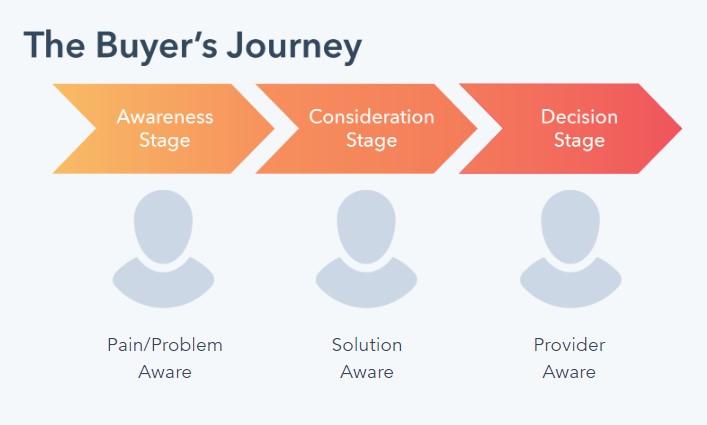
HubSpot outlines the stages of the buyer's journey and what the buyer is experiencing at each step of the process. From a marketer's perspective, understanding the buyer's mindset allows you to craft copy to help them arrive at the decision-making process so that they're more likely to look to you than a competitor to solve their problem.
Awareness: Top of the Funnel
At the awareness stage, the customer is experiencing a problem. It is often compared with a trip to the doctor. The patient has a sore foot that won't go away. "Why does my foot always hurt?" the patient wonders. Their goal is to give ideas as to what people who commonly have chronic foot pain can do to alleviate it, and they would research keywords like "foot pain," "pain in the arch of my foot," or something similar.
This is the widest point of the funnel, which means you're looking to get the attention of the broadest audience at any end of the process.
Many people you target in the Awareness stage may not have heard of your company or services, so you're establishing a relationship while creating informative content. More than ever, creating content that engages and delights the reader is vital. You're making a first impression on many prospects, so be as clean and direct as possible.
Think about being at a party and meeting someone new. Are you going to delve into the details of your personal life? You're more likely to make small talk and create an impression of yourself as engaging and knowledgable, but without digging too deep. Be compelling but not overly wordy.
💡Tips for the Awareness Stage:
-
Identify your target audience. Who are you trying to reach with your content? What are their pain points? What are they looking for?
-
Create content that is relevant to your target audience. This means using language that they understand and addressing their specific needs.
-
Make your content easy to find. Use relevant keywords and phrases in your titles and descriptions.
-
Promote your content on social media and other channels. Get the word out about your content so your target audience can see it.
Example: Let's say you're a company that sells shoes. Your target audience is people looking for comfortable shoes that will help them alleviate foot pain. You could create a blog post titled "5 Ways to Alleviate Foot Pain." In this post, you will provide tips on choosing comfortable shoes, caring for your feet, and doing exercises that can help reduce foot pain. You would also use relevant keywords in your title and description, such as "foot pain," "comfortable shoes," and "exercises for foot pain." Finally, you would promote your blog post on social media and other channels so your target audience can see it.
Awareness-stage content focuses on the following types of content:
Content should be targeted to your audience and have carefully cultivated keywords and phrases that relate to your business, particularly where your business overlaps with the buyer's needs. They should also be dynamic and exciting, catching the eye and grabbing the intellect. All content at this stage should be informational but not salesy. We're working on brand awareness and trust-building here, not sales tactics.
Your calls to action at this stage should point to new information. Maybe sign up for your newsletter, or learn more information from an infographic, video, or other content. You're gently touching on the pain point without hard selling, easing them down the funnel.
Consideration: Middle of the Funnel
Here your customer has a better understanding of their problem and should be looking to research and fully understand the available approaches and methods for solving their problems or opportunities. Their goals are defined, and they're committed to addressing their concerns.
This is the midpoint of the sales funnel, and your content should be dedicated to addressing the individual pain points and answering questions. From a content perspective, your attention should be focused on how you can help, but you're still not trying to sell them.
💡Tips for the Consideration Stage:
-
Identify your customer's pain points. What are they struggling with? What are their biggest challenges?
-
Create content that addresses their pain points. This could include blog posts, infographics, videos, or case studies.
-
Be helpful and informative. Your goal is to give your customers the information they need to decide.
-
Position yourself as an expert. Show your customers that you understand their problems and have the necessary solutions.
-
Build trust. Be honest and transparent with your customers. Let them know you're there to help them, not just sell them something.
Example: Let's say you're a company that sells software that helps businesses manage their finances. Your target audience is businesses that are struggling to keep track of their finances. You could create a blog post titled "5 Ways to Improve Your Business's Financial Management." In this post, you will provide tips on tracking expenses, creating budgets, and managing cash flow. You would also use relevant keywords in your title and description, such as "financial management," "business finances," and "budgeting." Finally, you would promote your blog post on social media and other channels so your target audience can see it.
Consideration-stage content focuses on the following:
-
Product spec sheets
This content should be devoted to providing resources for your buyers to help them determine solutions that will help them. Returning to our "foot pain" metaphor, you could have content focusing on orthotic solutions, stretches, exercises, or custom devices that can provide relief.
Your content should provide clear descriptions and the value they bring. The goal here is to establish yourself as an expert in the field. Your content should show a strong knowledge of the industry and its main topics, and you should be able to explain the pros and cons of a given action and ultimately help the buyer figure out a course of action that would benefit them most.
Your calls to action should lead them to more information, narrowing focus but not pushing toward a buying decision. At this stage, the prospect is interested but not sold.
Continue to educate them with a gated piece of content and continue to establish a relationship. With an advanced CMS like HubSpot Content Hub, or Marketing Hub, you can ungate content for individuals you know.
Decision: Bottom of the Funnel
The buyer is aware of the problem and has conducted their research, and in the decision stage, should be compiling lists of vendors, creating a shortlist, and is ready to make their purchase. You’ve cultivated your content strategy, initiated a relationship with the customer, and established yourself as a thought leader and expert. Now, the time has come for the buyer to open their wallet.
Your role is to point them toward your products and services as the best option. Returning to our foot pain example, here you could list what your product does better than others on the market or what differentiates you from your competitors.
💡Tips for the Decision Stage:
-
Highlight your unique selling points. What makes your product or service different from the competition?
-
Offer free trials or demos. This will allow potential customers to try your product or service before they buy it.
-
Provide excellent customer service. This will help you build trust and loyalty with your customers.
-
Make it easy to buy. Your checkout process should be simple.
Example: Let's say you're a company that sells shoes. Your target audience is people looking for comfortable shoes that will help them alleviate foot pain. You could create a blog post titled "Why Our Shoes Are the Best for Foot Pain." In this post, you will highlight the features of your shoes that make them the best choice for people with foot pain. You would also include testimonials from customers who have found relief from foot pain by using your shoes. Finally, you would offer a free trial so potential customers can try your shoes before buying them.
Your content here should revolve around your selling proposition, offering buyers the final step in the process.
Decision-stage content offerings can include:
-
eBooks
-
Case Studies
-
Product Literature
-
Free trials
-
Webinars
Each of these content types should be pointing at your business as the best way for the buyer to solve their problem, drawing upon the trust you've built, comparing alternatives, and ultimately asking the buyer to contact you.
Here's where you are laying it all out, and your call to action shows the buyer what your company is about. A free trial of your product or asking them to attend a product demo via a webinar, for example, will give them the last pieces of information they need, hopefully leading them to go with your company,
Creating content isn't as simple as finding a topic and writing something for someone to read on their way to getting on your email list. By researching and building a sound content strategy from the ground up, you can pull customers into your sales funnel and turn them into buyers.
AI Prompt:
When creating a blog post or webpage, how can you ensure that it effectively meets the needs of your visitors and addresses them at their respective stages? Ask AI!
"What buyer's stage is the content of this page addressing? <EnterURL>"
Buyer's Journey FAQs
To best lead your audience through their buyer's journey, you need to understand each stage of the journey, Awareness, Consideration, Decision, and create content and messaging tailored to each stage.
-
To lead your audience through the awareness stage, create educational content like blog posts, articles, infographics, videos, and promote it on social media and other channels where your target audience is active.
-
To guide your audience through the consideration stage, create content that compares your product or service to competitors. This includes product comparisons, case studies, testimonials, and other content highlighting the advantages. Make it easy for buyers to contact you for more information.
-
To lead your audience through the decision stage, create content like free trials, demos, webinars, and a clear value proposition that explains why your product or service is the best choice for their needs.
Use email automation tools to deliver targeted content based on their stage in the journey. Segment your audience by interests and pain points, and use dynamic website content to tailor messaging accordingly.
Track website traffic, lead generation, and conversion rates at each stage. Use analytics tools to understand how leads interact with your content and identify areas for improvement.
Train your sales team to identify buyer intent and tailor their approach accordingly. Provide resources and educational materials at each stage, and focus on building trust and demonstrating value instead of pushing for a sale too early.
-
Ignoring the awareness stage and focusing solely on conversion.
-
Creating generic content that doesn't address specific needs.
-
Using the wrong channels to reach potential customers.
-
Failing to track and measure their journey efforts.
This content is also available in:
- German: Erstellen von Inhalten für jede Phase der Buyer's Journey
- Spanish: Creación de contenido para cada etapa del Buyer Journey [+AI Prompt]
- French: Créer du contenu pour chaque étape du parcours de l'acheteur
- Italian: Creazione di contenuti per ogni fase del Buyer Journey [+AI Prompt].
- Romanian: Crearea de conținut pentru fiecare etapă a buyer journey [+AI Prompt]
- Chinese: 为 买家之旅 的每个阶段创建内容 [+AI 提示]



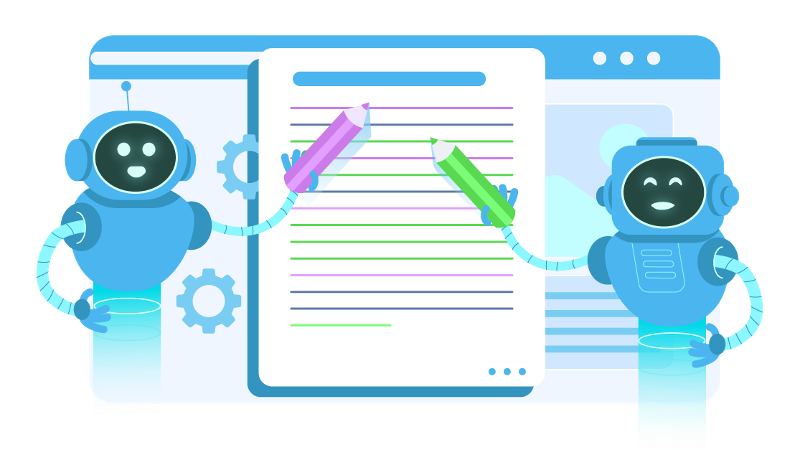


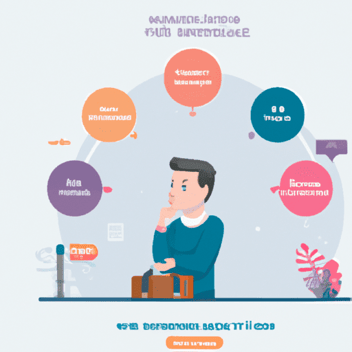
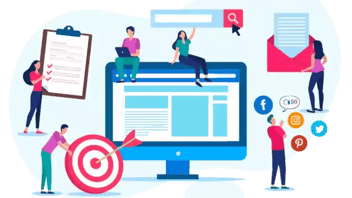
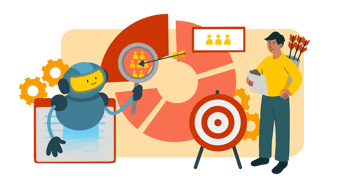
Leave a Comment